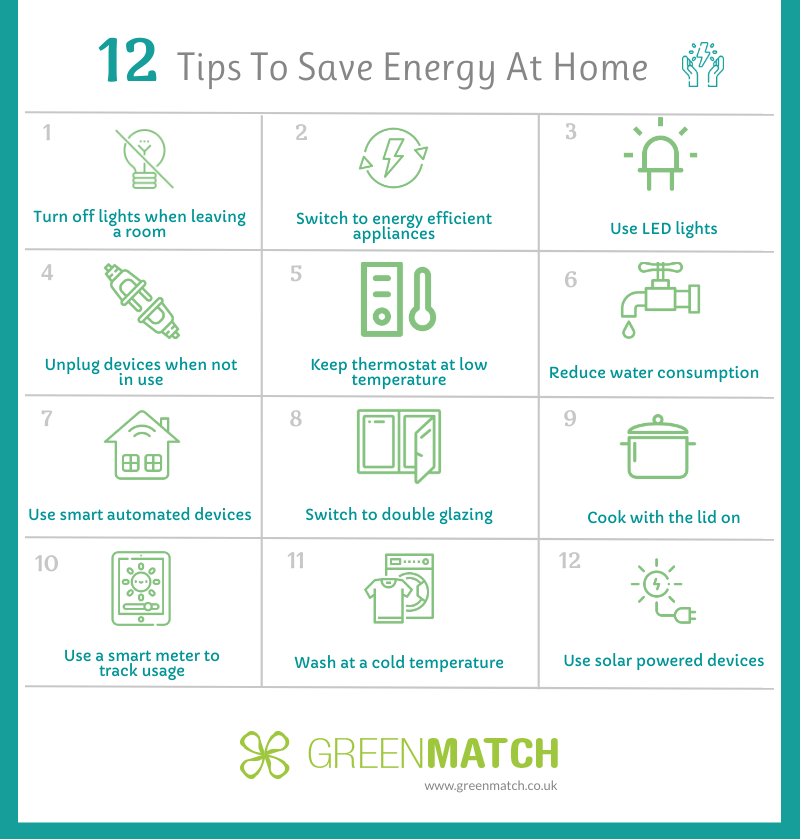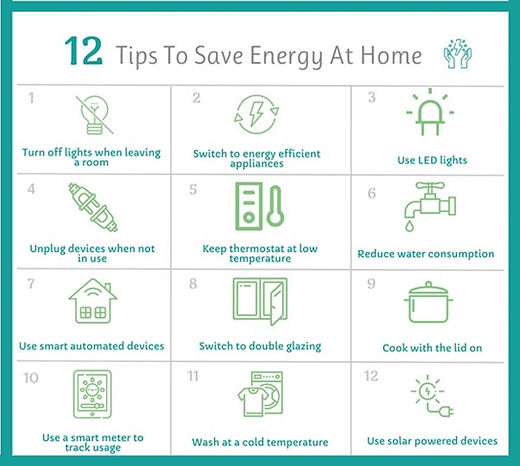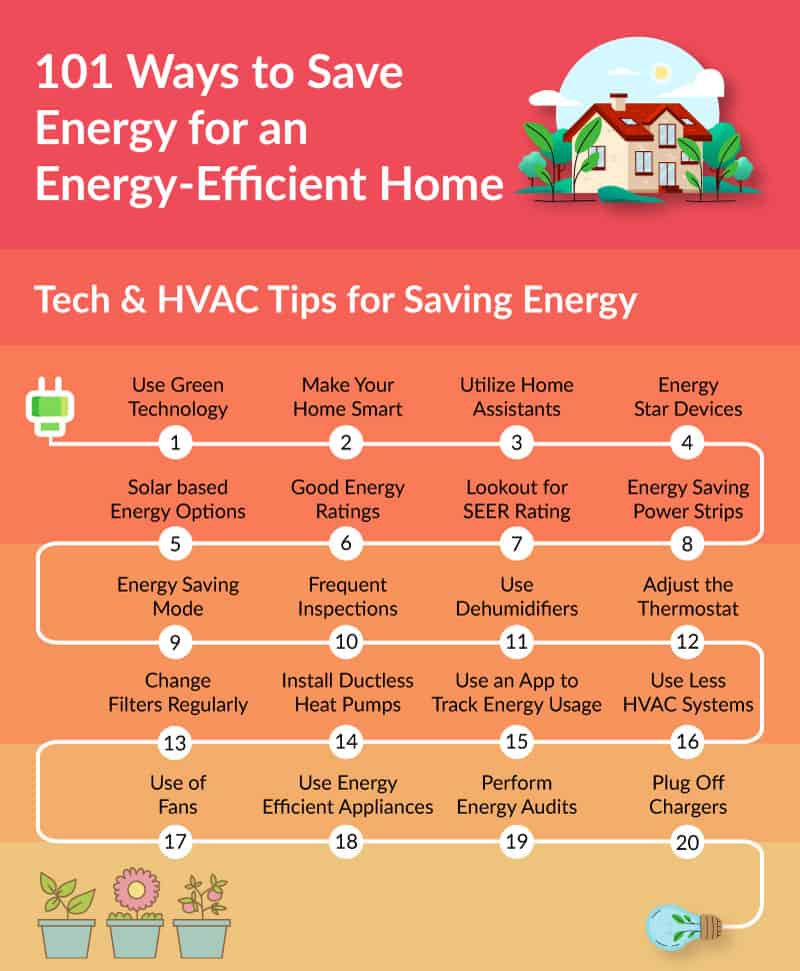
If you’re looking for ways to decrease your energy consumption and make your home more sustainable, incorporating smart appliances into your daily routine could be the answer you’ve been searching for. These innovative appliances are designed to maximize efficiency and minimize energy waste, making them an ideal option for eco-conscious individuals. In this article, we will explore five practical ways you can use smart appliances to reduce your energy consumption, ultimately saving money and contributing to a greener future. So, if you’re ready to take a step towards a more sustainable lifestyle, let’s get started!

This image is property of cdn.greenmatch.co.uk.
1. Choose Energy-Efficient Smart Appliances
When looking to reduce energy consumption with smart appliances, the first step is to choose appliances that are energy-efficient. This will not only save you money on your utility bills but also decrease your environmental footprint. Here are some tips to help you make the best choice:
Research Energy Ratings
Before purchasing any smart appliance, it is essential to research their energy ratings. Energy ratings provide valuable insights into the appliance’s energy efficiency, helping you make an informed decision. The higher the rating, the more energy-efficient the appliance is.
Look for Energy Star Certification
One way to ensure that the smart appliances you choose are energy-efficient is by looking for the Energy Star certification. Energy Star is a widely recognized symbol that indicates an appliance meets strict energy efficiency guidelines set by the Environmental Protection Agency (EPA).
Consider Efficiency Features
When comparing different smart appliances, take a close look at the efficiency features they offer. Some appliances have innovative technologies, such as sensors that adjust the settings based on usage patterns, which can significantly reduce energy consumption.
Opt for Smaller Appliances
Another factor to consider is the size of the smart appliances. Smaller appliances typically require less energy to operate compared to their larger counterparts. Before making a purchase, assess your needs and opt for a size that fits your requirements without compromising energy efficiency.
Evaluate the Standby Power Consumption
Smart appliances, like many electronic devices, often consume power even when they are not in use. This is known as standby power consumption. When choosing smart appliances, evaluate their standby power consumption and opt for ones that have minimal or smart standby functions to minimize unnecessary energy usage.
2. Utilize Energy-Saving Modes
Once you have chosen energy-efficient smart appliances, the next step is to maximize their energy-saving capabilities through various modes and settings. Here are some ways to utilize energy-saving modes effectively:
Identify Energy-Saving Settings
Take the time to familiarize yourself with the energy-saving settings available on each of your smart appliances. These settings can vary depending on the appliance type but often include options like energy-saving mode, eco-mode, or power-saving mode.
Set Temperature and Water Levels
For appliances such as dishwashers and washing machines, adjusting the temperature and water levels can lead to significant energy savings. Lowering the temperature setting on your dishwasher or using cold water for laundry can help reduce energy consumption while still achieving optimal results.
Activate Eco-Modes
Many smart appliances have specific eco-modes that are designed to minimize energy consumption without compromising performance. These modes typically optimize the appliance’s settings to use less power during operation, making them ideal for everyday use.
Enable Power Management Features
Check if your smart appliances have power management features such as timers or sleep modes. These features allow you to schedule when your appliances will automatically turn off or enter a low-power state when not in use. By utilizing these features, you can avoid unnecessary energy usage.
Utilize Delay and Timer Functions
Smart appliances often come equipped with delay and timer functions, allowing you to schedule their operation according to your needs. By setting your appliances to operate during off-peak hours or when energy costs are lower, you can optimize energy consumption and potentially save money on your utility bills.

This image is property of blog.constellation.com.
3. Optimize Appliance Usage Patterns
Besides using energy-saving modes, optimizing your appliance usage patterns can further reduce energy consumption. Here are some tips to help you get the most out of your smart appliances:
Load Dishes and Laundry Efficiently
When using a dishwasher or washing machine, ensure that you load them efficiently and at full capacity. Running these appliances with partial loads wastes energy and water. Maximizing the capacity of each load ensures that you get the most out of every energy cycle.
Match Cycle Length to Load Size
Smart appliances often offer multiple cycle options for different load sizes. By selecting the appropriate cycle length that matches the load size, you can reduce energy consumption. Choosing a shorter cycle for smaller loads or a longer cycle for larger loads ensures optimized energy usage.
Minimize Idle Time or Preheating
Many smart appliances, such as ovens or coffee makers, require preheating before use. To reduce energy consumption, minimize the preheating time or consider skipping it altogether when possible. Additionally, avoid leaving appliances on standby mode for extended periods as it contributes to unnecessary energy usage.
Avoid Overfilling Refrigerators
While having a well-stocked refrigerator is essential, overfilling it can hinder its energy efficiency. Proper air circulation is crucial for the refrigerator’s cooling system to operate efficiently. By avoiding overfilling and arranging items to allow proper airflow, you can ensure optimal energy usage.
Use Energy Monitoring Features
Take advantage of the energy monitoring features that some smart appliances offer. These features allow you to track your energy consumption in real-time, providing insights on how to adjust your usage patterns to conserve energy. Monitoring your energy usage empowers you to make informed decisions to reduce consumption.

This image is property of blog.constellation.com.
4. Leverage Automation and Connectivity
Smart appliances offer a range of automation and connectivity features that can further enhance energy efficiency. Here are some ways you can leverage these features:
Connect Appliances to Smart Grids
Connect your smart appliances to smart grids if available in your area. Smart grids provide real-time information on energy demand and pricing. By connecting your appliances to smart grids, you can take advantage of off-peak hours or lower-priced energy to optimize your appliance usage.
Enable Remote Access and Control
Many smart appliances allow for remote access and control via mobile apps or smart home systems. This feature enables you to monitor and control your appliances even when you are away from home. By utilizing remote access, you can ensure that your appliances are only on when needed, reducing unnecessary energy usage.
Utilize Smart Plugs and Power Strips
Smart plugs and power strips can be valuable tools in managing energy consumption. By connecting your smart appliances to these devices, you gain the ability to turn them on or off remotely or set timers for their operation. This level of control helps minimize standby power consumption and ensures appliances are only powered when necessary.
Schedule Operation Times Effectively
Make use of scheduling features available in your smart appliances. By setting specific operation times, you can ensure that your appliances run during times when energy demand is low or when energy costs are favorable. Scheduling appliances to operate during off-peak hours can result in significant energy savings.
Integrate with Home Energy Management Systems
Consider integrating your smart appliances with a home energy management system. These systems provide a centralized platform to monitor and manage energy consumption across multiple appliances. By combining data and insights from various appliances, you can optimize their usage patterns for maximum energy efficiency.

This image is property of static.wixstatic.com.
5. Implement Energy-Saving Habits
Beyond the capabilities of smart appliances, implementing energy-saving habits can further enhance your efforts to reduce energy consumption. Here are some simple yet effective habits to adopt:
Turn off Standby Power
Develop a habit of turning off appliances completely instead of relying on standby mode. Standby mode still consumes energy, although at a lower level. By fully powering off appliances when not in use, you can avoid unnecessary energy consumption.
Unplug Unused Appliances
Certain appliances continue to draw power even when turned off. These are often referred to as “energy vampires.” To combat their energy consumption, unplug appliances such as chargers, TVs, or game consoles when not in use to eliminate standby power.
Utilize Natural Lighting
Take advantage of natural lighting as much as possible. Open curtains or blinds during the day to allow natural light to illuminate your living space. By relying less on artificial lighting, you can reduce energy consumption.
Avoid Opening the Oven or Fridge Frequently
Consistently opening the oven or fridge can cause a significant amount of energy loss. Each time you open these appliances, they lose heat or cold air, causing them to work harder to maintain the desired temperature. To minimize energy waste, be mindful of unnecessary openings.
Regularly Maintain and Clean Appliances
Proper maintenance and cleaning of your smart appliances can significantly impact their energy efficiency. Regularly clean filters, coils, and vents to ensure optimal performance. Clear vents allow appliances to operate efficiently, reducing the amount of energy required for their operation.
By following these tips and incorporating energy-efficient habits into your daily routine, you can make the most of your smart appliances while reducing your energy consumption. Not only will you save money on your utility bills, but you will also contribute to a more sustainable future.

This image is property of i0.wp.com.





